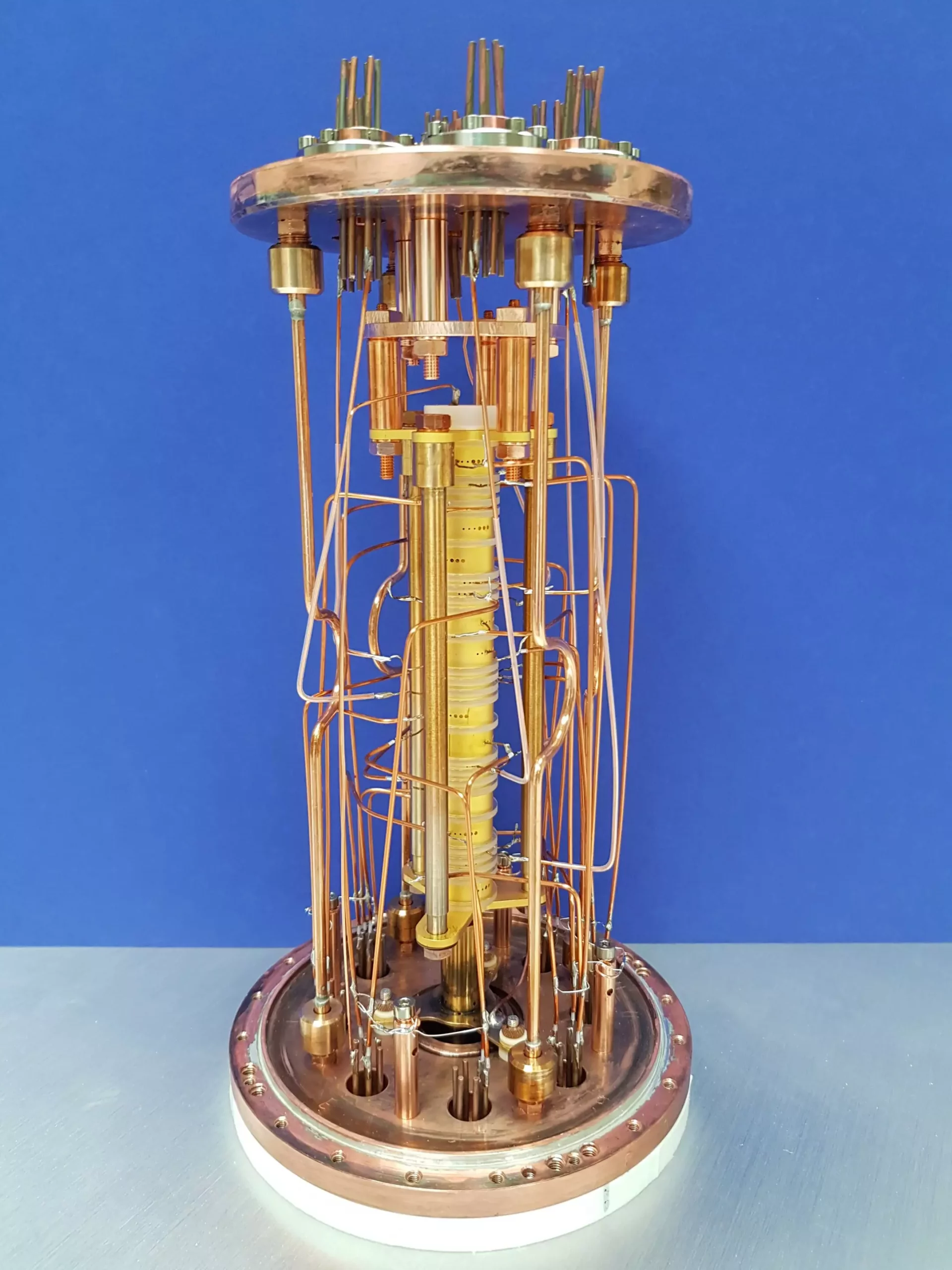The mass of a neutrino at rest remains a significant enigma in the field of physics, posing a challenging question that has yet to be conclusively answered. Neutrinos, often referred to as “ghost particles,” play a central role in the natural world, and understanding their properties is crucial for advancing our knowledge of the universe. Researchers, led by Klaus Blaum from the Max Planck Institute for Nuclear Physics in Heidelberg, have made significant strides in determining the mass of neutrinos through the ECHo collaboration, as detailed in their recent publication in Nature Physics.
Weighing Neutrinos with Precision
One innovative approach employed by the research team involves measuring the change in mass of a holmium-163 isotope with remarkable precision using a Penning trap. This change occurs when the nucleus of the holmium-163 isotope captures an electron and transforms into dysprosium-163. Through this process, the researchers were able to determine the Q value with unprecedented accuracy, shedding light on the elusive mass of neutrinos. By refining the Q value measurement, potential systematic errors in determining neutrino mass can be identified and addressed.
Neutrinos, particles that interact with matter solely through the weak interaction, have perplexed scientists for decades. The discovery of neutrino oscillations, which demonstrate that different types of neutrinos can transform into one another, challenged existing theories in particle physics. This phenomenon hinted at the presence of new physics beyond the standard model, suggesting that neutrinos possess a rest mass contrary to previous beliefs. The revelation of neutrino oscillations underscored the need to accurately determine the neutrino mass, offering a gateway to exploring new frontiers in physics.
Pioneering Experimental Techniques
In the quest to measure the rest mass of neutrinos, researchers have developed sophisticated experimental methods to probe the fundamental properties of these elusive particles. The KATRIN experiment, which focuses on the beta decay of tritium, aims to elucidate the mass of neutrinos by examining the decay process in super heavy hydrogen. Additionally, the electron capture of the holmium-163 isotope, studied by the ECHo collaboration, provides valuable insights into neutrino mass determination through meticulous energy measurements. These cutting-edge experiments offer a glimpse into the intricate nature of neutrinos and their fundamental role in the cosmos.
The Heidelberg pentatrap experiment, utilizing five Penning traps, plays a pivotal role in accurately determining the mass difference between the holmium-163 and dysprosium-163 ions. These traps, employing a combination of electric and magnetic fields to capture ions, enable researchers to conduct intricate mass measurements with unparalleled precision. By analyzing the frequency differences between ions in various charge states, the researchers were able to refine the Q value for electron capture, advancing our understanding of neutrino mass with unprecedented accuracy.
Unraveling the Enigma of Neutrino Mass
The culmination of these experimental efforts has led to groundbreaking advancements in the study of neutrino mass. The KATRIN experiment established the most precise upper limit of neutrino mass to date, providing valuable insights into the elusive nature of these particles. The formidable challenges encountered in measuring neutrinos underscore the complexity of this research endeavor, pushing the boundaries of what is technically achievable in the field of particle physics. The Heidelberg study marks a significant milestone in unraveling the mystery of neutrino masses, paving the way for further discoveries in the realm of fundamental particle physics.


Leave a Reply
You must be logged in to post a comment.